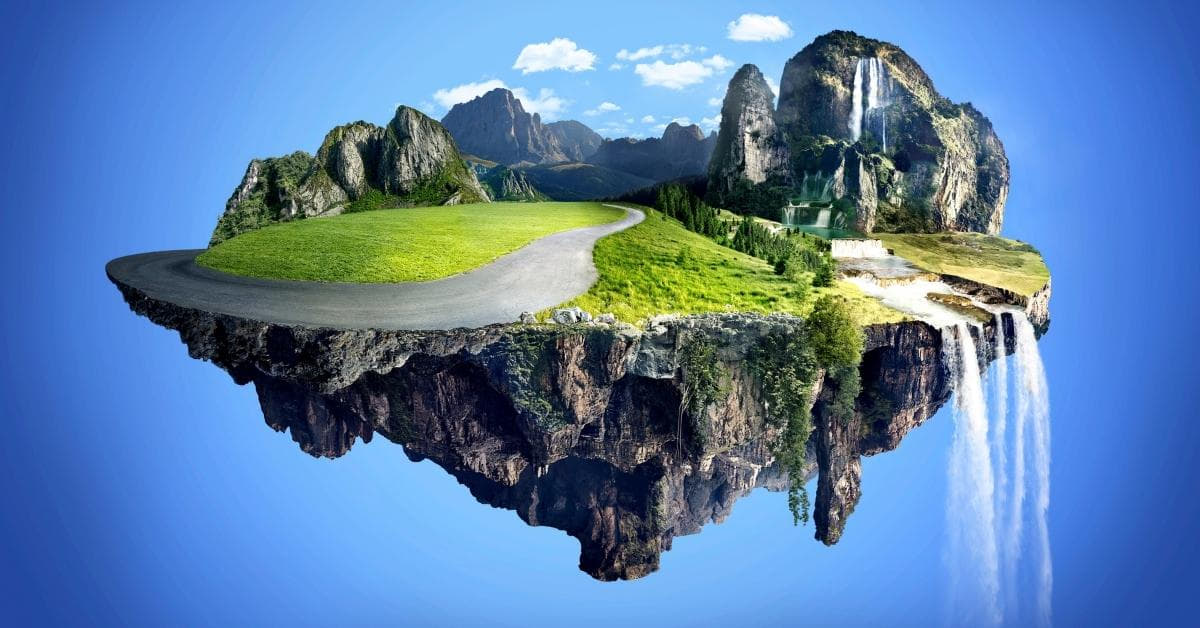In the age of digital media, photos have become an integral part of our lives. We take photos to capture moments, tell stories, and express our creativity. Photo manipulation, a technique that allows you to alter and enhance images, has gained immense popularity. However, have you ever considered trying your hand at photo manipulation on a table? In this article, we will explore the fascinating world of table-based photo manipulation, providing insights, tips, and techniques to help you master this art form.
Table-Based Photo Manipulation: A Unique Craft
Table-based photo manipulation is a captivating form of art that involves creating imaginative scenes using everyday objects and photographs. By carefully arranging objects on a table, you can merge reality and imagination, resulting in stunning compositions that tell intriguing stories. It’s an organic and tangible way to bring your creative visions to life.
Getting Started
- Gather Your Materials: To begin your table-based photo manipulation journey, you’ll need a sturdy table, a variety of props, and a camera. Select objects that align with the theme you want to create in your photograph.
- Choose Your Theme: Decide on the concept or story you want to convey through your image. Whether it’s a magical forest, a bustling cityscape, or a serene seascape, your theme will guide your choice of props and background.
- Set Up Your Table: Clear your table and place a clean, neutral-colored backdrop behind it. This backdrop could be a piece of cloth, paper, or even a wall. Make sure it complements your chosen theme.
The Creative Process
- Arranging Objects: Start arranging your props on the table to build the desired scene. Experiment with different compositions, and don’t be afraid to make adjustments until you achieve the perfect setup.
- Lighting Matters: Adequate lighting is crucial. Natural light can work wonders, but you may need additional lighting sources to eliminate shadows and achieve the desired atmosphere.
- Capture Your Shot: Once you’re satisfied with the setup, capture your image using your camera. Take multiple shots from various angles to have options for post-processing.
Post-Processing Magic
- Editing Software: Import your photo to photo editing software like Adobe Photoshop or Lightroom. These tools provide advanced features for enhancing and refining your image.
- Adjustment Layers: Experiment with adjustment layers to fine-tune elements such as color, contrast, and brightness. These layers are non-destructive, allowing you to make changes without altering the original image.
- Layer Masks: Utilize layer masks for precise editing. This allows you to blend and integrate objects seamlessly.
- Special Effects: Add special effects, textures, or filters to enhance the mood and storytelling aspect of your image.
FAQs
Q1: Do I need expensive props to create compelling table-based photo manipulations?
A1: Not at all! Everyday objects and DIY props can work wonders. Creativity matters more than the cost of your materials.
Q2: What camera equipment do I need to get started?
A2: You can start with a basic DSLR or even a smartphone with a good camera. What’s more important is understanding how to use your equipment effectively.
Q3: Is table-based photo manipulation time-consuming?
A3: It can be time-consuming, but the results are well worth it. It’s a creative process that rewards patience and attention to detail.
Q4: Are there any online tutorials or courses to learn photo manipulation on a table?
A4: Yes, you can find numerous online resources and courses that provide step-by-step guidance for mastering table-based photo manipulation.
Conclusion
Table-based photo manipulation offers a unique and captivating way to express your creativity. With the right materials, techniques, and a sprinkle of imagination, you can craft stunning compositions that tell fascinating stories. Remember, practice makes perfect, and don’t hesitate to experiment with different themes and objects to unlock your full potential in this exciting art form. So, grab your camera, start arranging objects on your table, and let your creative journey begin!
This page was last edited on 19 February 2024, at 4:46 pm
